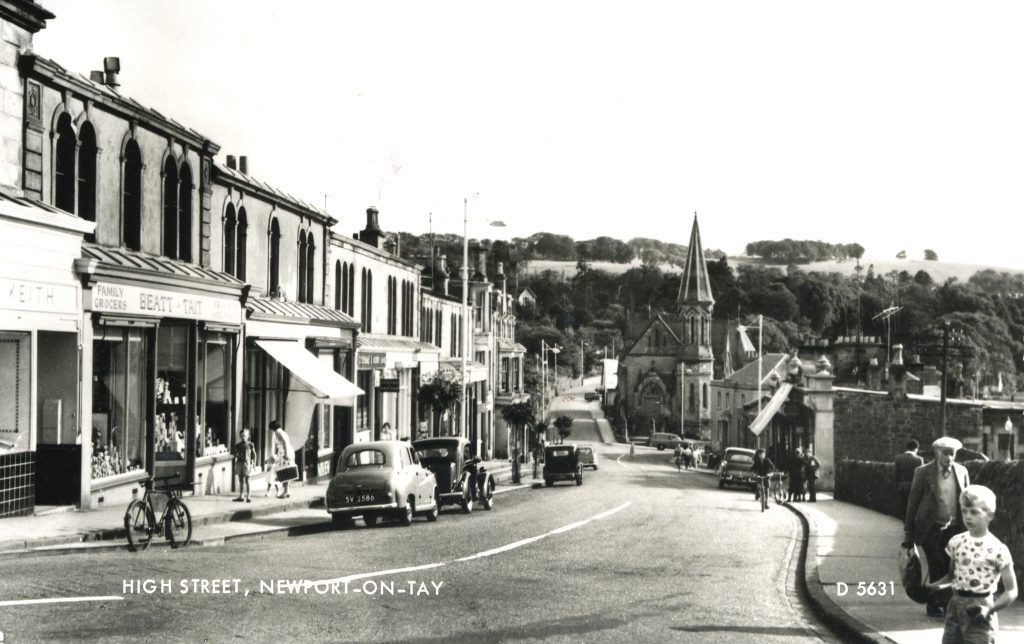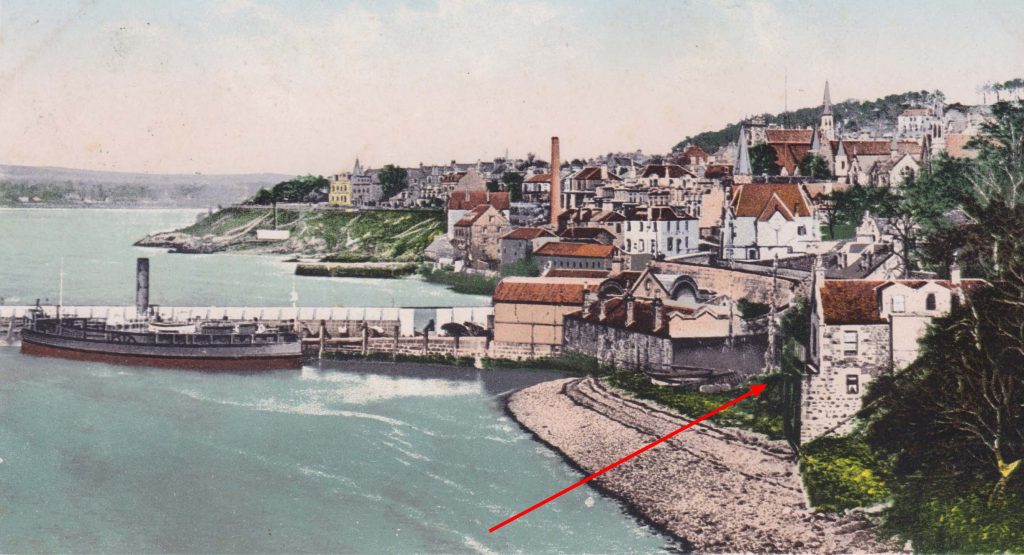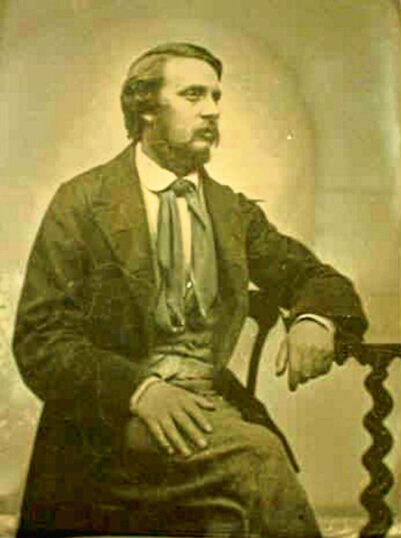
When we came to Newport in the 1950s my mother would always talk about ‘just going down to the village’, while my father would go ‘over to town’. I couldn’t work out why Prospect Terrace wasn’t part of the village, why Dundee was a city but called a town, and why Newport had a town council but wasn’t a town.
Our neighbours had all lived here for many years(1) so it was only natural that we should adopt the local terminology – it moved you one step up from ‘incomer’, on the way to becoming a seasoned resident.
‘The village’ had been in existence for a long time. In 1887 Newport had became a burgh and the following year Dundee was granted city status. A comment piece in the Fifeshire Journal(2) even suggested that conservative Newport residents may have applied pressure on the powers-that-be to give Dundee its elevation to a city, so that Newport could, at long last, stop calling itself the village and instead use its grown-up designation of town.
It wasn’t that we had to go down (and in Newport it was always down) to the village every day – there were frequent deliveries and vans calling. Papers from Frank Smith or Loutit’s; milk from Dave Hamilton’s TT Dairies; the fish van called weekly (I don’t know whether from Arbroath or Pittenweem); Mike called with his van from Gibb’s the bakers; and much later Sam Carroll reversed all the way along the street with his big Co-op van. Bulky items were delivered from Dundee by Bob Bayne the carrier, who brought things over on the ferry. Grocers would keep an eye out for new arrivals and would call almost as soon as the furniture van had departed – Alex Young’s selling point was that he was the only licensed grocer, however Mum chose to go to Beatt & Tait – orders would be collected weekly, made up, and delivered by van. Even a French onion seller came back for several years. I helped Dave Hamilton with his milk deliveries – and that gave me a Saturday trip to the farm, out through Guardbridge (seeing the diesel shunter at the paper mill) and Strathkinness, and back via Dura Den; he also took me to the Royal Highland Show when it came to Dundee Riverside.
The village still remains – only a few years ago when a change in bus operators brought new drivers onto the 77B route, a (not too old) Newport resident who had moved up-market and gone to live in Wormit, asked the driver for ‘Down to the village, please’. When he failed to recognise the destination she told him ‘Don’t worry, you’ll soon get the hang of it’.
Anyway, enough of this gossip – I must go down to the village to get my iced soya cappuccino and pain au chocolat.
Notes:
- Jean Fraser, our next door neighbour, had lived in Newport since 1899, the Misses Wilson from 1907, and Mrs Pae from 1910. So we learned from the best.
- Fifeshire Journal, 6 December 1888, page 5


